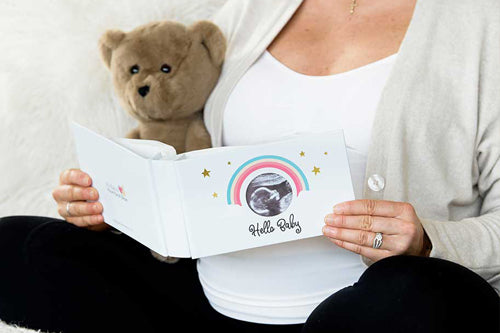C-Section: Planned. Unplanned. Recovery. Emotions.

Everything You Need To Know About C-Sections: Planned. Unplanned. Recovery. Emotions.
In 2014, over 32% of birthing women had a cesarean section. This statistic is still at a scary high level in our country, which ironically has an increasing number of maternal deaths each year as well as a rising medical intervention rate.What is a c-section?
A cesarean section is a surgical procedure used to deliver a baby through incisions in the mother's abdomen and uterus. You need to understand that it is an abdominal surgery that will take time to recover from. You want to know exactly what is happening to your body so that you can discuss with your surgical team your desires and hopes.How should I prepare?
While pregnant, take a birthing class that includes information on c-sections. (Virtual birthing classes are offered every single day!) It is probably not part of your birth plan, but if something happens that you end up needing surgery, you will want to know every detail of what is going to happen. You may even include a small blurb in your birth plan on what you would like if a c-section is necessary.What may I request in the operating room?
Remember that this is still your birth. You can feel in control. Do your research and know what you want. Options that are still available with a c-section:- You may have an option over the type of anesthesia. Talk to your doctor and know your options.
- Delayed cord clamping: This is possible for most cesarean births. Some practitioners practice it without being asked, but the benefits are huge, not only for baby but for you as well. Delayed cord clamping enhances placental transfusion and increases the baby’s blood volume at birth.
- Skin-to-Skin: Caesarean birth is known to reduce initiation of breastfeeding, increase the length of time before the first breastfeed, reduce the incidence of exclusive breastfeeding, significantly delay the onset of lactation and increase the likelihood of supplementation. By implementing immediate skin-to-skin following a cesarean, increases the successful rate of breastfeeding. Here is a video about skin-to-skin in the operating room.
- A clear curtain: If you would like to see as much as possible, you may request a clear sheet be draped over you instead of the typical colored one.
- Baby Procedures Can Wait: Ask that baby not leave the room – or even your side – to be weighed and measured, or cleaned. That can be done in your recovery room with you being able to witness it all.
- Baby stays with Mommy: As long as everyone is healthy, you can request that your baby never leaves your side.
What happens after surgery?
As long as you and your baby are healthy after surgery, you will both be taken (together) to recovery. Make sure to practice skin-to-skin and breastfeed as often as you can while in recovery. This will help strengthen your bond, heal any emotional scars, and increase a successful breastfeeding relationship.Advice from real moms about recovery:
- Drink a ton of water and all the Colace they give you.
- Use the abdominal binder.
- LAUGH as much as possible. The less anxiety, the better you feel.
- Get a postpartum girdle. It will make all the difference in the world for recovery.
- Ask for a family centered c-section.
- Take your time in healing, it is not a race.
- Ask for help around the house and with baby.
Featured Articles
Bringing Your Newborn to the Party
Holiday Hosting While Pregnant
A Heartfelt Holiday Keepsake: Recording a Pet’s Heartbeat




















